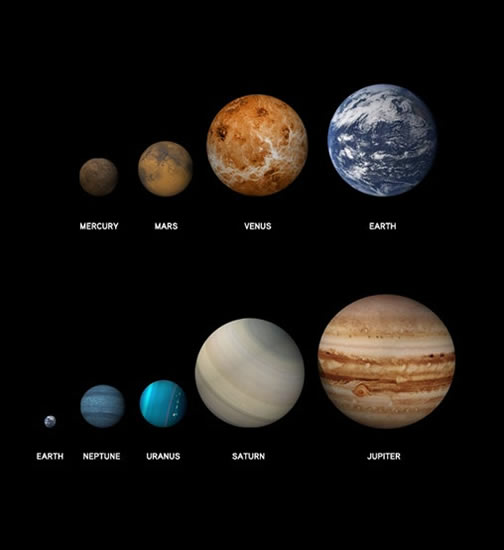Best Describes How the Planets of the Solar System Formed
Additional secondary elements may be taken into account such as asteroids Chiron Vesta Pallas Ceres especially Chiron more well-known the Lunar nodes the Dark Moon or. Electrostatic and gravitational interactions may cause the dust and ice grains in the disk to accrete into planetesimalsThis process competes against the stellar wind which drives the gas out of the system and gravity and internal stresses.

Accretion Disc Space Images Black Hole Astronomy
A hazy band of light seen in the night sky formed from stars that cannot be individually distinguished by the naked eyeThe term Milky Way is a translation of the Latin via lactea from the Greek γαλακτικός κύκλος galaktikos kýklos meaning milky circle.

. Other parts of the molecular cloud cooled into a disc around the brand-new sun and became planets asteroids comets and other bodies in our solar system. The fact that an eclipse can occur at all is a fluke of celestial mechanics and time. About 46 billion years ago a giant cloud of dust and gas known as the solar nebula collapsed in on itself and began to form what would eventually become the.
Much of the hydrogen and helium remained in the center of this hot rotating mass. The Milky Way is the galaxy that includes our Solar System with the name describing the galaxys appearance from Earth. The planets usually analysed are the Sun the Moon Mercury Venus Jupiter Saturn Uranus Neptune and Pluto which means two luminaries the Sun and the Moon and 8 planets a total of 10 planets.
Since the moon formed about 45 billion years ago it. The nebular hypothesis of solar system formation describes how protoplanetary disks are thought to evolve into planetary systems. Eventually the gases heated up enough to begin nuclear fusion and became the sun in our solar system.

Earth Is Screaming Through Space At 1 3 Million Mph A Simple Animation By A Former Nasa Scientist Shows What That Looks Like Planetary System Our Solar System Solar System

How Our Solar System Formed Article Khan Academy


No comments for "Best Describes How the Planets of the Solar System Formed"
Post a Comment